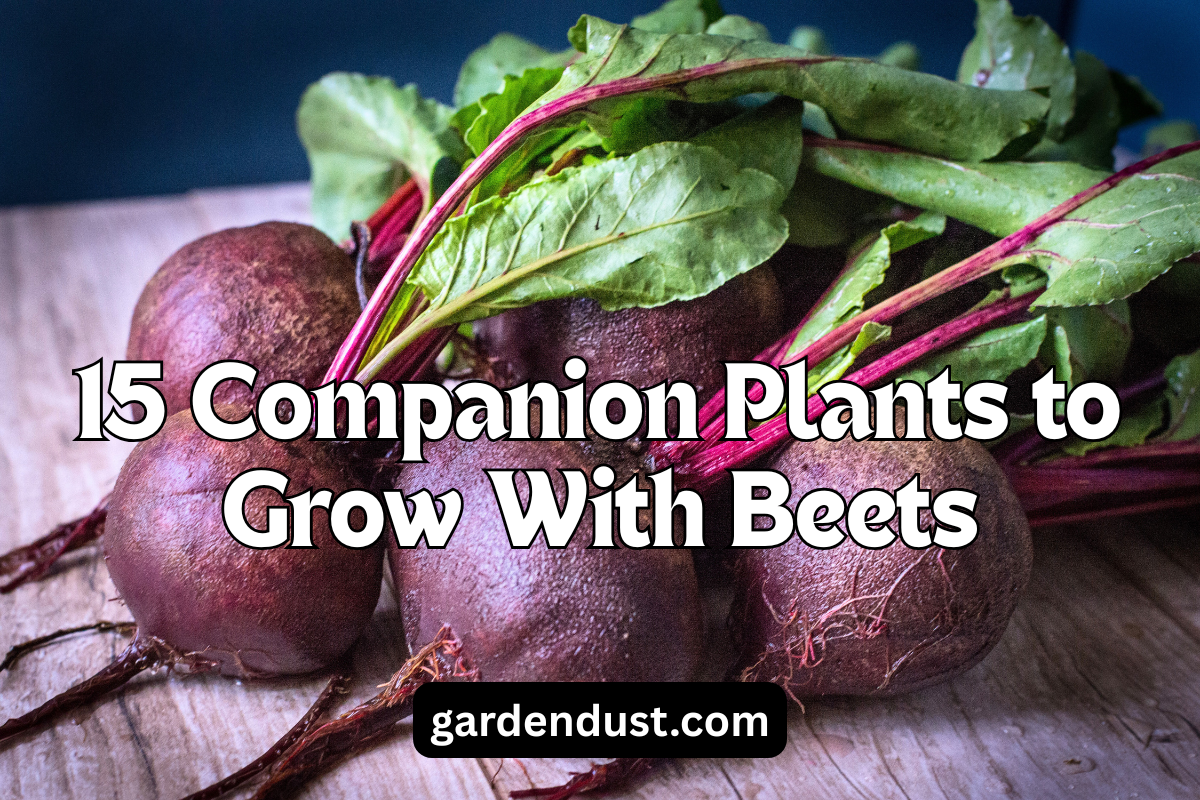Thyme (Thymus vulgaris) is a versatile and aromatic herb that has been cherished for centuries not only for its culinary uses but also for its medicinal and ornamental qualities. This resilient herb can be a delightful addition to any garden or even a windowsill. Whether you’re a seasoned gardener or a beginner, this comprehensive guide will walk you through the steps of How To Grow And Care For Thyme Plant , ensuring a healthy and thriving addition to your green space.
Growing For Thyme Plants-
Choosing the Right Thyme Variety
There are numerous thyme varieties available, each with its unique flavor, growth habit, and appearance. Some popular options include:
- Common Thyme (Thymus vulgaris): This is the standard variety used in cooking, with a well-balanced thyme flavor. It’s also known for its small, gray-green leaves.
- Lemon Thyme (Thymus citriodorus): As the name suggests, this variety offers a subtle lemony aroma and flavor, making it an excellent choice for culinary purposes and teas.
- Creeping Thyme (Thymus serpyllum): This low-growing thyme is perfect for ground cover or rock gardens, producing tiny leaves and often flowering in shades of pink or purple.
- Caraway Thyme (Thymus herba-barona): This variety has a unique caraway scent and is often used to flavor meats and stews.
Choose the variety that best suits your intended use and growing conditions.
Planting Thyme
Thyme can be grown from seeds, cuttings, or established plants. Here’s how to plant thyme:
- Seeds: Start seeds indoors 6-8 weeks before the last frost. Plant them in well-draining soil, covering them lightly with soil. Keep the soil consistently moist until the seeds germinate.
- Cuttings: Take 3-4 inch cuttings from a healthy thyme plant, remove the lower leaves, and place them in a container with water. Once roots develop, transplant them into pots or your garden.
- Established Plants: You can also purchase potted thyme plants from nurseries and transplant them into your garden or a larger container.
Ideal Growing Conditions
Thyme thrives in specific conditions that mimic its native Mediterranean habitat:
- Sunlight: Thyme requires at least 6 hours of direct sunlight daily. Choose a sunny spot in your garden or a location with ample sunlight indoors.
- Soil: Well-draining soil is crucial to prevent root rot. Sandy or loamy soil with a slightly alkaline to neutral pH (around 6.0 to 7.0) is ideal.
- Watering: Thyme is drought-tolerant once established. Water thoroughly when the top inch of soil is dry, but avoid overwatering, as this can lead to root issues.
READ ALSO:-How To Grow And Care For Asparagus
How To Grow And Care For Dill Plant
Caring For Thyme Plants
To ensure your thyme plants thrive, follow these care guidelines:
- Pruning: Regularly trim your thyme plant to encourage bushy growth and prevent it from becoming woody. Pinch off the tips or remove a portion of the stems.
- Fertilization: Thyme doesn’t require excessive fertilization. A light application of balanced, slow-release fertilizer in spring should suffice.
- Mulching: Apply a thin layer of organic mulch around the base of the plant to retain moisture, regulate soil temperature, and prevent weed growth.
- Pest and Disease Control: Thyme is relatively resistant to pests and diseases. However, keep an eye out for aphids, spider mites, and root rot. If necessary, treat with appropriate organic solutions.
Harvesting Thyme
You can start harvesting thyme leaves once the plant is established and has grown to a sufficient size:
- Early Harvesting: Begin harvesting lightly in the plant’s first year to encourage bushier growth.
- Full Harvesting: In the second year and onwards, you can harvest more substantially. Snip off the leaves and stems as needed, but avoid removing more than a third of the plant at once.
- Flowering Stems: The best flavor is usually concentrated in the leaves before the plant flowers, so aim to harvest before flowering if possible.
Preserving Thyme
To make the most of your thyme harvest:
- Drying: Hang harvested stems upside down in a cool, dry place. Once fully dry, crumble the leaves off the stems and store them in an airtight container.
- Freezing: Another option is to freeze thyme leaves in ice cube trays with water or olive oil. This preserves the flavor well.
Overwintering Thyme
Most thyme varieties are hardy perennials that can survive winter:
- In-Ground Plants: Mulch around the base of the plant to protect it from extreme cold. Prune lightly before winter to avoid trapping moisture.
- Potted Plants: If growing thyme in pots, consider bringing them indoors near a sunny window during winter.
Companion Planting with Thyme
Thyme is a beneficial companion plant for various reasons:
- Pest Repellent: Its strong aroma helps deter pests like cabbage worms, corn earworms, and tomato hornworms.
- Attracting Pollinators: Thyme’s flowers attract pollinators, benefiting nearby vegetable and fruit plants.
Final Thoughts
Growing and caring for thyme can be an immensely rewarding experience. From its delightful aroma to its versatile culinary applications, thyme is a must-have herb for any gardener. By providing the right conditions and following these care guidelines, you’ll be able to enjoy a bountiful harvest of fresh thyme leaves for years to come. Whether you’re a seasoned gardener or just starting, cultivating thyme will undoubtedly add a touch of flavor and fragrance to your gardening journey. Happy Gardening…







